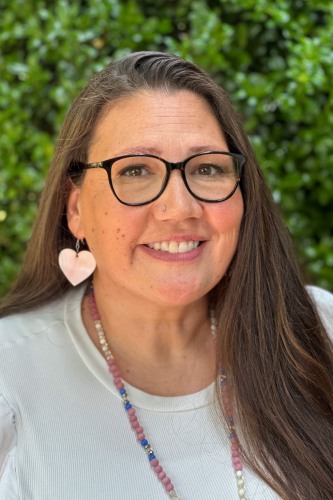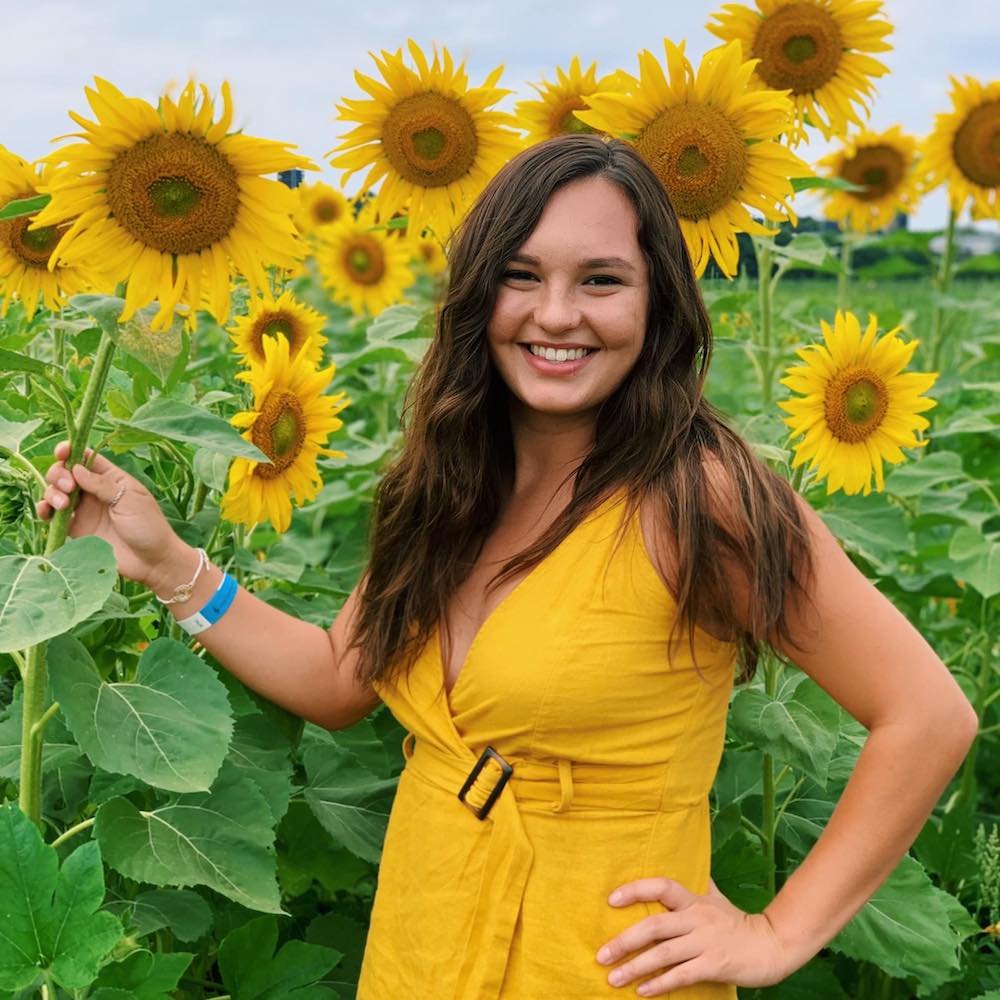Wunneanatsu Lamb-Cason, an educator at Riverbend High School in Fredericksburg, Virginia, has been named the 2024 National History Teacher of the Year by the Gilder Lehrman Institute of American History.

Lamb-Cason, a member of the Schaghticoke Nation, was recognized for her innovative contributions to history education and her commitment to advancing Indigenous studies in the classroom.
Lamb-Cason will be honored on October 15, 2024, at a special ceremony at the Harvard Club in New York City. The event will feature a $10,000 prize awarded to Lamb-Cason by Janai Nelson, president and director-counsel of the NAACP Legal Defense Fund.
In her decade-long career, Lamb-Cason has made a lasting impact on her students and the educational community. She is known for crafting engaging lesson plans that emphasize accurate representation of Indigenous voices in American history.
Through her leadership, she has advanced history education at local, state, and national levels. Currently serving as the Assistant Director of the Native American and Indigenous Studies Initiative at Brown University, Lamb-Cason remains a tireless advocate for Indigenous representation and the respectful inclusion of Indigenous histories in educational resources.
Native News Online spoke with Lamb-Cason where she shared her approach to engaging students, connecting with local communities, and promoting Indigenous knowledge in education. Lamb-Cason also mentioned her upcoming children's book and new role at Brown University.
Congratulations on being named the 2024 National History Teacher of the Year! What does receiving this award mean to you personally, and how will it impact your work moving forward?
It’s been a humbling experience. There are so many amazing teachers out there, so I didn’t expect it. This award allows me to shine a light on the importance of diverse perspectives, especially Indigenous histories, and the need for us to tell our own stories.
Indigenous knowledge systems, like oral histories, aren’t always valued in the same way as written histories, so I’m pushing for that recognition. My goal is to see more Indigenous students, educators, and scholars in leadership roles, where Indigenous knowledge is valued and celebrated.
Can you share a specific lesson or project that has had a big impact on your students?
One impactful project was when I taught African American history at the high school. I surveyed my students at the beginning of the year to find out what they were interested in. One student wanted to learn more about Black hairstyles, so I brought in a local Black salon owner to speak to them about the history and significance of Black hair.
One particularly moving project was the Middle Passage Memorial. Students researched and created their own memorials to honor those lost during the Middle Passage. The creativity and thoughtfulness they put into it were amazing. I also incorporated music, film studies, and local history into my teaching, which helped students connect to both national and local histories.
How do you make these topics interesting and meaningful for students from all backgrounds?
Providing diverse perspectives helps students see their place in history. Even if we don’t know every student’s background, learning from others’ experiences can foster a deeper understanding of how we fit into American history.
I use Socratic seminars to model respectful discussions, especially around controversial topics like land back or water rights. It’s important to teach students that Indigenous peoples are still here and that our histories aren’t monolithic—we have diverse cultures, languages, and experiences.
What do you think are the biggest challenges in teaching history today, and how can educators overcome them?
The current political climate is challenging, especially with debates around DEI (Diversity, Equity, and Inclusion) and CRT (Critical Race Theory). Many teachers are afraid to step over certain lines, and there are limitations on what they can teach due to state curriculums.
For example, in Virginia, Indigenous peoples are only mentioned in relation to South America or Australia—there’s no mention of U.S. or Canadian Indigenous peoples. Despite these challenges, I know many teachers are finding creative ways to provide students with opportunities to explore diverse histories.
What advice would you give to teachers who want to include more Indigenous history in their lessons but aren’t sure where to start?
Start locally. Is there a local tribe or cultural institution you can connect with? Learn about the people whose land you’re on first. There are also Indigenous content creators on platforms like Instagram and TikTok who share valuable resources. The key is to find those Indigenous educators and resources, and make sure you’re teaching accurately and inclusively.
Do you involve the local community in your teaching? How do you make sure to include the Indigenous communities in Virginia?
Yes, I’ve connected with the local tribes here in Virginia . I’ve visited their museums and spoken with their leaders to understand how they want to be represented. I’m not from Virginia, so it’s important to me that I don’t speak for or about these communities without their input. Networking and building those connections are key to ensuring accurate representation.
What upcoming projects or initiatives do you have coming up in the future?
I have a children’s book coming out next year. It’ll be out next fall. It’s called Grandmother Moon, and it started as a project with my oldest daughter, who was an illustration major in college. She asked me to write a book she could illustrate for her senior project to highlight the need for Indigenous children's books. The story is based on my grandma, who was an anthropologist and our tribal historian. I’m really excited about it.
I’m also stepping into a new role at Brown University, where I’m focusing on helping expand our Native American and Indigenous Studies department. Brown recently launched a critical Native American Indigenous Studies concentration, and we just graduated our first cohort. My focus is on growing the department, supporting research, and developing the curriculum.
More Stories Like This
Native Americans Could Be Hit Hard as Education Department Resumes Student Loan Wage GarnishmentHanging a Red Dress for Christmas: MMIP, Native Higher Education, and Hope for a Better New Year
Native Students Can Win $5,000 Scholarship, International Distribution in Pendleton Design Contest
American Indian College Fund Raises Alarm Over Plan to Shift Native Programs Away From the Dept. of Education
MacKenzie Scott Foundation Gives $5 Million Contribution to Little Priest Tribal College
Help us defend tribal sovereignty.
At Native News Online, our mission is rooted in telling the stories that strengthen sovereignty and uplift Indigenous voices — not just at year’s end, but every single day.
Because of your generosity last year, we were able to keep our reporters on the ground in tribal communities, at national gatherings and in the halls of Congress — covering the issues that matter most to Indian Country: sovereignty, culture, education, health and economic opportunity.
That support sustained us through a tough year in 2025. Now, as we look to the year ahead, we need your help right now to ensure warrior journalism remains strong — reporting that defends tribal sovereignty, amplifies Native truth, and holds power accountable.
 The stakes couldn't be higher. Your support keeps Native voices heard, Native stories told and Native sovereignty defended.
The stakes couldn't be higher. Your support keeps Native voices heard, Native stories told and Native sovereignty defended.
Stand with Warrior Journalism today.
Levi Rickert (Potawatomi), Editor & Publisher

